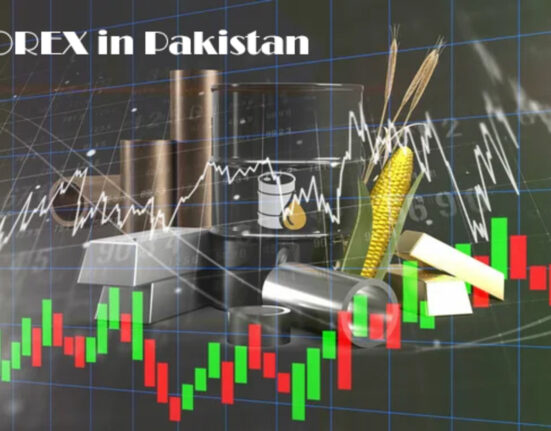Forex trading, also known as foreign exchange trading, is a complex and dynamic market where investors buy and sell currency pairs. One of the most powerful tools available to forex traders is leverage. However, leverage is a double-edged sword that can significantly amplify both gains and losses. This article will delve into the intricacies of forex leverage, providing professional and informative insights for those seeking expert advice.
Introduction to Forex Leverage: The Basics

Leverage in forex trading refers to borrowing capital to increase the potential return of an investment. By using leverage, traders can control larger positions with a smaller amount of actual capital. For instance, a leverage ratio of 100:1 means that for every $1 of your own money, you can control $100 in the market.
Example:
- Trader’s Capital: $1,000
- Leverage Ratio: 100:1
- Controllable Position: $100,000
How Leverage Amplifies Forex Trading Power

Leverage allows traders to maximize their exposure in the market without needing to invest large sums of their own money. This can lead to substantial profits if the market moves in favor of the trader’s position.
Advantages:
- Increased Trading Power: Small investments can control large positions.
- Diversification: Ability to open multiple positions across different currency pairs.
Example:
If a trader with $1,000 uses 100:1 leverage to control a $100,000 position, a 1% increase in the currency value would result in a $1,000 profit, effectively doubling the original investment.
Calculating Leverage: Key Concepts Explained

Understanding how to calculate leverage is essential for effective forex trading. The leverage ratio is calculated as follows:
Formula:
[ text{Leverage Ratio} = frac{text{Total Value of Trade}}{text{Trader’s Capital}} ]
Practical Tip:
To determine how much capital you need to control a position, divide the total trade value by the leverage ratio.
Comparative Table: Leverage Ratios and Required Capital
| Leverage Ratio | Total Trade Value | Trader’s Capital Required |
|---|---|---|
| 50:1 | $50,000 | $1,000 |
| 100:1 | $100,000 | $1,000 |
| 200:1 | $200,000 | $1,000 |
Risks and Rewards: Navigating Forex Leverage

While leverage can magnify profits, it equally amplifies losses. A small adverse movement in the market can deplete the trader’s capital quickly.
Risks:
- Increased Losses: Potential for substantial losses if the market moves against the position.
- Margin Calls: Requirement to deposit additional funds if the account balance falls below the maintenance margin.
Rewards:
- Higher Profits: Potential to earn significant returns on a relatively small investment.
- Market Opportunities: Ability to take advantage of market movements with limited capital.
Example:
Using a 100:1 leverage, if the market moves 1% against the trader’s position, the $1,000 investment could be entirely wiped out.
Regulatory Aspects of Forex Leverage Worldwide

Regulatory bodies across the globe have different rules and standards regarding the allowable leverage in forex trading to protect investors.
Key Regions and Their Regulations:
- United States: The Commodity Futures Trading Commission (CFTC) limits leverage to 50:1 for major currency pairs.
- European Union: The European Securities and Markets Authority (ESMA) imposes a maximum leverage of 30:1 for major currency pairs.
- Australia: The Australian Securities and Investments Commission (ASIC) limits retail forex leverage to 30:1.
Strategies for Effective Leverage Management in Forex

Effective leverage management is crucial for sustaining long-term success in forex trading.
Strategies:
- Use Stop-Loss Orders: Implement stop-loss orders to limit potential losses.
- Gradual Scaling: Increase leverage gradually as you gain experience and confidence.
- Diversify Positions: Spread your investments across multiple currency pairs to mitigate risk.
- Regular Monitoring: Continuously monitor your positions and adjust your leverage accordingly.
Practical Tip:
Avoid using the maximum available leverage. A more conservative approach, such as 10:1 or 20:1, can help manage risks better.
In conclusion, Strategies for Effective Leverage Management in Forex are vital for balancing the potential high rewards with the associated risks of forex trading. By understanding the basics of leverage, calculating it accurately, and adhering to regulatory guidelines, traders can make informed decisions that enhance their trading strategies while safeguarding their capital.













Leave feedback about this